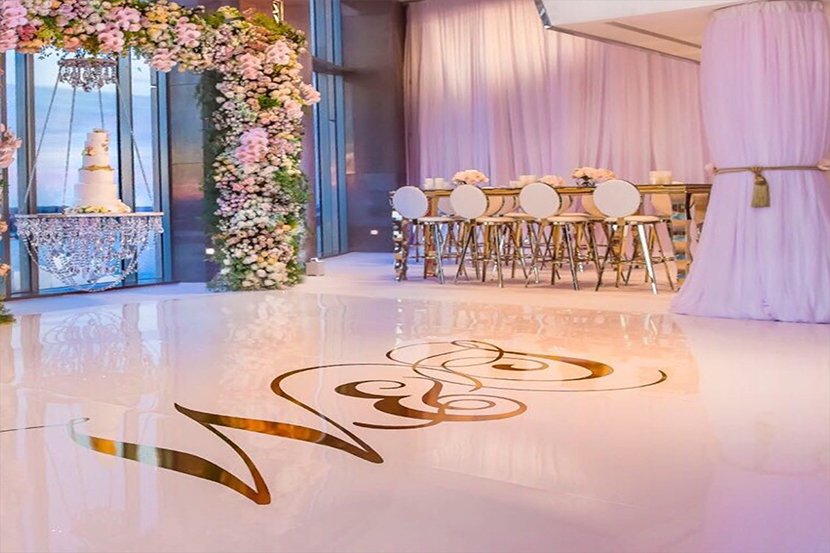Securing Security and Enjoyment on the Dancing Space: Identifying and Reducing Common Risks
Dancing activities is a popular activity that unites individuals collectively, whether at a party, a dance venue, or a unique event. Yet, while dancing can be a lot of fun, it is crucial to keep security in consideration. The dance floor can pose various hazards that may lead to accidents or incidents if not managed appropriately. By recognizing and preventing these frequent hazards, function organizers and dancers can ensure a safe and enjoyable experience for everyone.
One of the major significant hazards on the dance floor is the risk of slipping or falling. This can occur due to liquid accidents, uneven ground, or crowded spaces. To avoid these accidents, it is crucial to keep up a tidy and dry dance space. Event coordinators should regularly check the floor for any spills or obstacles and remove them up immediately. Furthermore, ensuring that the dance floor is well-lit can help dancers identify potential hazards, lessening the chances of slipping. Dancers should also be cognizant of their environment, avoiding crowded areas where they may be pushed or tripped.

Another common problem on the dance floor is the possibility for injuries caused by overcrowding. When too many individuals congregate in one area, it can lead to bumps, contusions, and even more serious injuries. To avoid overcrowding, venues should establish a limit capacity for the dance floor and oversee it closely. Event coordinators can use barriers or cords to create designated areas for dancing, which can help control crowd movement. Additionally, encouraging dancers to be conscious of their space and to respect others can create a more secure environment for everyone.
Injuries can also happen from improper footwear. Wearing shoes that are not appropriate for dancing can lead to slips, accidents, or foot damages. Dancers should select footwear that provides proper support and grip. Event organizers can prompt guests to wear appropriate shoes by adding this information in invitations or communications. Providing a location for dancers to keep their shoes can also assist keep the dance floor secure and clear from potential hazards.
Lastly, it is vital to consider the importance of health and fitness on the dance floor. Staying hydrated is crucial, especially during extended periods of dancing. Dehydration can lead to dizziness, fatigue, and other health concerns. Event coordinators should provide water webpage stations or invite guests to bring water bottles. Additionally, it is imperative for dancers to listen to their bodies and take breaks as necessary. By encouraging a healthy atmosphere, everyone can savor dancing webpage while minimizing the threat of health-related concerns.
In summary, ensuring safety and pleasure on the dance floor requires awareness and preemptive measures. By recognizing hazards such as slips, overcrowding, improper footwear, and health issues, event organizers and dancers can collaborate together to create a secure environment. Taking these steps not only avoids accidents but also enhances the overall experience for all involved. With appropriate precautions, the dance floor can remain a place of fun and community for everyone.